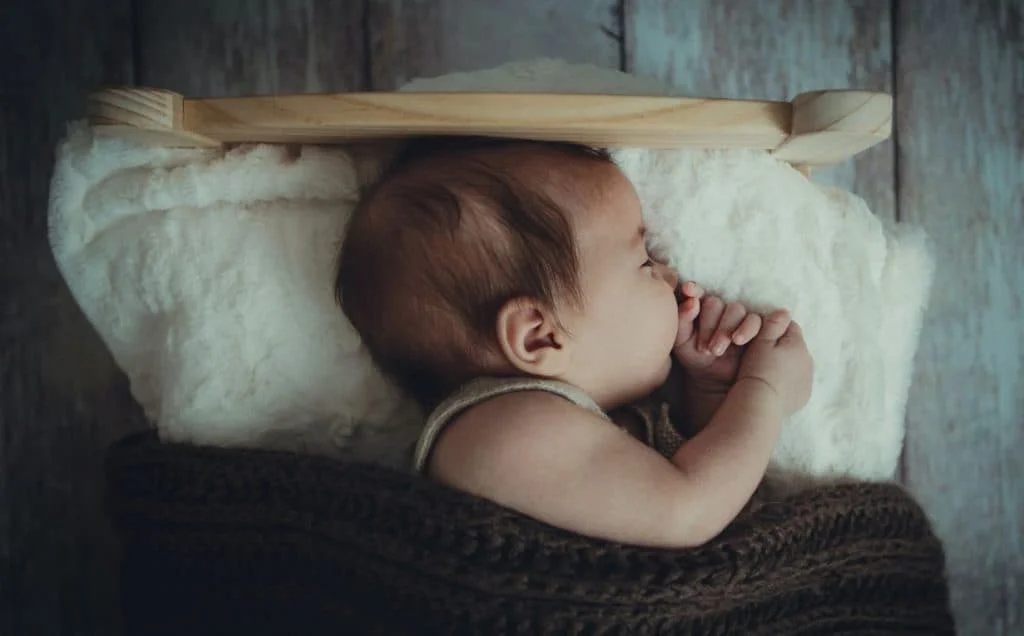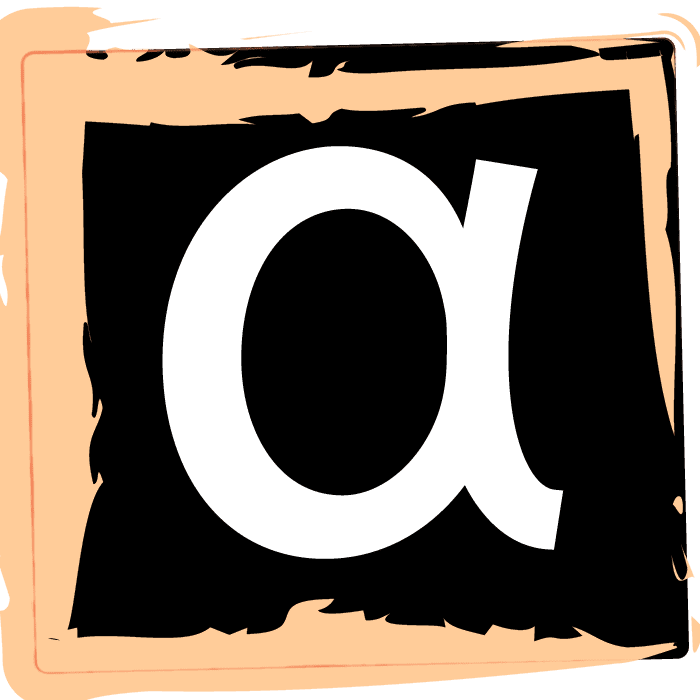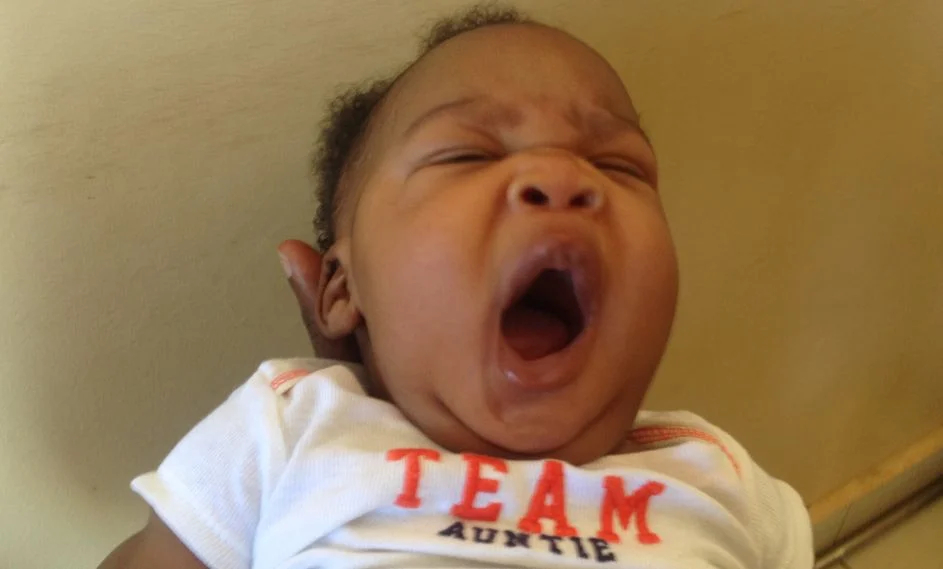The first year in childhood development is quite fascinating, yet very frustrating for all new mothers. All because of one little thing – baby language. While it is gratifying to give birth, it is something else to try to have a decent conversation with the little fellow.
For some reason, your child will pop out of the womb with the inability to communicate – the normal way.
Instead, he or she will scream a lot, make faces, and thrust the arms. The baby will also kick in the air, stuff everything in the mouth, and coo and bubble!
Your baby will, however, do one thing the most – cry! He will cry a lot, and many times, for no apparent reason, but simply because he can!
The Complex Baby Language
The truth is, babies prefer to talk, and save themselves from crying. But crying is the easiest thing to do, and is all they know. They are wired to express hunger, anger, sleep, fatigue, and discomfort, through non-verbal communication.
Babies will do these using sound, facial, and gestural reflexes. They will also use similar cues to express the desire to be held and cuddled.
Your ability to interpret these signs will help you sort out their pain and discomfort. It will also fend off the health and other complications that may arise.
Here is How to Interpret Baby Language

Babies will use the clues described here to get their message across. You may want to understand them well enough to interpret what they are communicating:
1. Common Baby Sounds
Through the first year of life, babies will use different sounds to convey different messages. While the sounds may seem incomprehensible at first, you will gradually begin to appreciate them.
From the word go, your baby will cry, scream, squeal, coo, grunt, chuckle, growl, belch, babble, and sigh, to let you know what he wants.
Hunger happens to be the main reason babies cry the most. The condition known as colic will also make babies cry through to the third month. Other reasons will also make your baby cry. You need to find out what they are and find strategies to calm down the baby.
Besides crying, your baby will coo through vowels such as ohh, ahh, eh. He will also growl using consonants like k, b, p, g starting in the third month or thereabout.
According to singer Pricilla Dunstan of Dunstan Baby Language, these are the meanings of different baby sounds:
- Neh means hunger
- Eh indicates the desire to burp
- Eairh is a sign of gas
- Heh points to discomfort due to hot, cold, or wet conditions
- Owh points to sleepiness
Your baby will also squeal, gurgle, and snort due to several reasons. Squealing is indicative of delight, but can also point to discomfort if it continues for extended periods.
Gurgling and snorting may indicate congestion. This is because,
- they are battling remnants of amniotic fluid in the body
- they have tiny airways, making it hard for mucus to flow, coupled with the inability to blow the mucus out
- they can only breathe using the nose, unlike older children and adults who also use the mouth
your baby spent their first nine months of existence submerged in amniotic fluid. After delivery, there may be residual amounts of fluid left in their sinuses, which can make your little one congested.
What Causes Baby Congestion?
Your baby will also growl to express anger at not being fed fast enough, or due to lack of stimulation. He will also chuckle, sigh, and belch to reflect contentment. This will happen following tickling, a response to humor, and full tummy.
Your baby will begin bubbling at 4 – 6 months, because he is learning to utter new-found words. Depending on your language, sounds such as ma, ba, da may be used to mean mama, baba, and daddy. They may also mean nothing at all.
He will pick this up in the months that follow. He will mimic his favorite sounds coming from birds and catchy phrases in a song. Sometimes it will be the sound of a siren, if one passes by regularly.
The little baby baby will become ecstatic when his favorite bird passes by, his catchy song is played, and when an ambulance drives by.
2. Common Body Gestures Babies Use

Motor development in babies starts the day they are born, when they experiment with rooting & sucking reflexes. This and other automatic body reflexes are normal responses that help babies feed and respond to extremes such as noise, light, and temperature.
Somehow, your baby will crane the neck in the direction of the nipple out of reflex. The same is true when he is touched on either side of the cheek. He will turn towards that side with the mouth open and ready to feed.
The jerky arms and legs, and twisting of the head from side to side, are also helpful in strengthening body muscles.
Inside the second month, your baby will notice the presence of his own arm and try to place the fingers, and thumbs in particular, inside the mouth.
Your baby will suck the fingers to signal hunger, stimulation, and boredom. He will do the same during the teething months to relieve pressure on the gums.
Your baby will also communicate using body gestures such as wiggling, arching, coiling, yawning, clenching fists, crawling, and stretching of the arms and legs.
Wiggling is usually accompanied by crying early on to indicate rapid development in the nervous system. This is something you should not worry about.
These movements are pretty uncoordinated, with arms and legs flailing about, largely because of this rapid neurological development in the first few months of life.
Baby Center
When the crying and wiggling go to the extremes, you may want to swaddle your baby.
At 6 – 7 months, when the baby starts to crawl, he will use body different positions to express his desires. He will beckon to be lifted up by a show of hands, and crawl in one direction to indicate where he wants to be taken.
Extreme coiling and arching of the back, and stretching of the arms and legs, may indicate pain in the stomach. They may point to acid reflux, nerve damage, and cerebral palsy, but only if. You should be particularly worried if these are accompanied by continuous crying.
Most of the time, however, arching and coiling are indicative of colic, other pain, or simply hunger.
Yawning may indicate he is relaxed, bored, tired, or desires to sleep. On the other hand, stretching of arms and legs may also indicate he is relaxed. Your baby could be hungry when he clenches the fists.
3. Common Facial Expressions & Signals

To communicate with you, your baby will smile and make eye contact, in addition to facial expressions. However, a smile during the 1st and 2nd months is usually a reflex action and not a real smile. It will also happen when he is passing gas.
As he grows into the 3rd month, however, the smiles will evolve into responses to your smiles. This is a good indication he is learning how to communicate.
Babies also show responses to anger, boredom, excitement, fear, and discomfort through facial expressions. They will twist their faces and cry to show anger, and throw objects around to indicate boredom due to overstimulation.
Babies are also good at using their eyes to draw attention and focus on an object of interest. The long unbroken stare, even way beyond 2 – 3 months, means they are curious about a person or object they are looking at.
There are multiple other reasons why babies stare:
For example, you might see your toddler gazing at you to get your attention (Won’t you come play with me?). You might also see your child watching you to learn something new (Now how do I press the cell phone buttons?).
Reading Your Child’s Cues from Birth to Age 2
Your Role as a Parent

It is vital to remember that the timeline of language development is not universal.
The timeline of sounds, gestures, and facial expressions may vary due to the environment, the health of the baby, and other external factors.
Nonetheless, your role as a parent is to facilitate language acquisition as much as possible.
- Talk to your baby regularly
- Sing to your baby because he loves hearing your voice
- Create a healthy environment and hygiene for the baby to achieve the development milestones without hindrances
Finally, take your baby outdoors.
After about 4 months and growing, children desire to explore the outdoors to experience nature first hand. The outdoor experience is important for baby language, because it allows them to interact with nature and explore the various senses of sound, smell, sight, and touch.
Q and A on Baby Language
Q: Can babies communicate even though they can’t talk yet?
A: Yes! Babies communicate using their body language, facial expressions, and sounds like crying, cooing, and babbling.
Q: What are some reasons why a baby might cry?
A: Babies cry for many reasons, including hunger, discomfort, fatigue, or a need for attention. Sometimes they may cry if they are feeling overwhelmed or overstimulated.
Q: What does it mean when a baby smiles?
A: When a baby smiles, it can mean they are feeling happy, content, or excited. Sometimes they may even smile in response to someone else smiling at them.
Q: How can parents tell if a baby is hungry?
A: Babies may indicate hunger by smacking their lips, sucking on their fingers, or turning their head towards their mother’s breast if they are breastfeeding. They may also cry if they are hungry.
Q: Can parents teach their babies to communicate?
A: Yes! Parents can respond to their baby’s cues and sounds, and even imitate their coos and babbles to encourage communication. As babies get older, parents can also use simple words and gestures to help their baby learn new words and meanings.
Q: Is it normal for babies to make different sounds as they grow?
A: Yes! As babies grow and develop, their sounds and communication will change. They may start to use more words and sentences as they approach their first birthday.
Q: Why is it important for parents to pay attention to baby language communication?
A: Understanding a baby’s communication can help parents respond to their needs more quickly and effectively, which can lead to a stronger bond between parent and child. It can also help parents identify potential issues or concerns, such as developmental delays or health problems, and seek appropriate help if necessary.





Leave a Reply